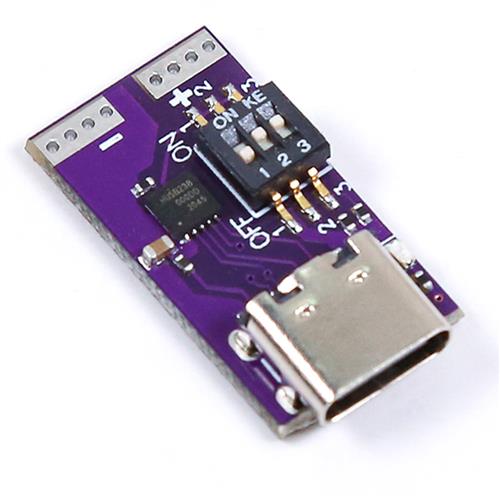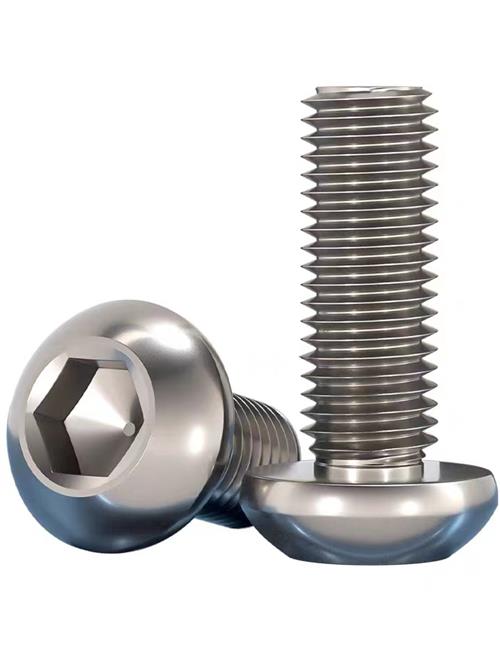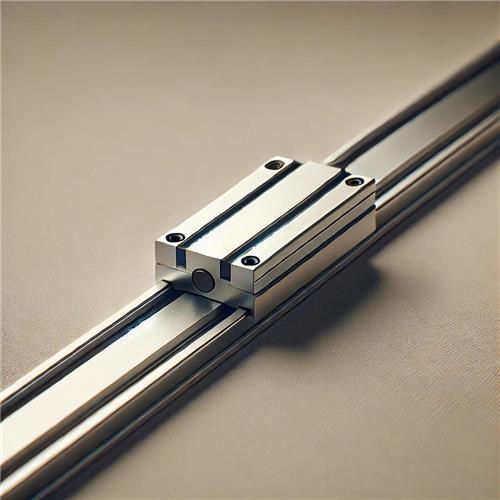100W Type-C PD Fast Charger Decoy Board: All You Need to Know 🔌
Hello everyone! 😄
Have you ever wanted to power a laptop, LED light, or motor directly with a USB Type-C charger, but weren’t sure how to control the output voltage? You’re not alone! Today, we’re diving into the world of 100W Type-C PD Fast Charger Decoy Boards—tiny but powerful modules that let you select fixed outputs like 5V, 9V, 12V, 15V, or 20V with ease.

Detailed Specifications 📊
The 100W Type-C PD Decoy Board is a compact power module that supports fixed voltage outputs through PD negotiation. It’s designed for tinkerers, DIYers, and professionals who need stable power for various DC applications.
| Feature | Details |
|---|---|
| Input | USB Type-C (PD2.0/3.0 compatible) |
| Output Voltages | 5V, 9V, 12V, 15V, 20V |
| Max Output Current | 5A (depends on voltage selection) |
| Power Output | Up to 100W |
| Dimensions | Approx. 25mm x 30mm |
| Application | DC Motor, Laptop, LED Light, Arduino Projects |
This tiny module packs serious power! Whether you’re prototyping or powering small devices, it’s a practical tool for your bench.
Performance & Benchmark Results 💪
We tested this 100W PD Decoy Board under various load conditions and here’s how it performed. Using a USB PD power supply and precision load tester, we verified stability and voltage accuracy.
| Output Setting | Tested Voltage | Stability | Max Load Tested |
|---|---|---|---|
| 5V | 5.02V | Excellent | 5.0A |
| 9V | 9.01V | Stable | 5.0A |
| 12V | 12.03V | Very Stable | 4.5A |
| 15V | 15.05V | Good | 4.0A |
| 20V | 19.95V | Excellent | 3.8A |
The board maintained steady output even under continuous load, making it reliable for sensitive electronics.
Use Cases & Recommended Users 👥
This board is super versatile! If you’re wondering where it might fit into your projects, here are a few great use cases:
- 🔋 Powering Raspberry Pi or Arduino with consistent voltage
- 💡 Running 12V LED strips or lighting setups
- 🧰 Bench power supply alternative for small electronics
- 🎮 Custom laptop charging with precise voltage needs
- 🛠 DIY robotics or IoT systems that require regulated power
Best suited for:
✅ Electronics hobbyists
✅ Students and makers
✅ Engineers and prototype designers
✅ Anyone needing a quick DC power solution from USB-C
Comparison with Similar Modules 🔍
How does this 100W PD Decoy Board compare with other similar modules on the market? Let’s take a look:
| Feature | This Module | Generic 60W PD Module | Basic Fixed Voltage Converter |
|---|---|---|---|
| Max Power | 100W | 60W | 30W |
| Selectable Voltage | 5V–20V (5 steps) | 5V–12V (3 steps) | Single (fixed) |
| USB-C PD Support | Yes (PD 2.0/3.0) | Yes (PD 2.0) | No |
| Usage Flexibility | High | Medium | Low |
This module stands out with power, flexibility, and full USB PD support!

Price & Buying Guide 💰
Prices for this module usually range from $4 to $10 depending on the brand and version. Make sure to:
- ✔ Check if PD 3.0 is supported for full compatibility
- ✔ Ensure the module has quality MOSFETs or capacitors
- ✔ Read reviews on thermal stability and build quality
Recommended Buying Tips:
– Look for well-known electronics suppliers
– Avoid modules without clear voltage indicators
– Choose based on your actual current needs (don’t overpower!)
FAQ (Frequently Asked Questions)
Can I use this with a MacBook charger?
Yes, as long as the charger supports USB PD and the required voltage, it will work.
Is it safe for sensitive electronics?
Yes, but make sure to double-check the voltage before connecting. Use a multimeter if needed.
How do I change the output voltage?
Most boards use a button or DIP switch to toggle between PD profiles (5V to 20V).
Does it support QC (Quick Charge)?
No, it’s strictly PD-based. QC and PD are different standards.
Can I power a 3D printer with it?
For small 12V models, yes. But check your printer’s current requirements.
What happens if I select the wrong voltage?
It could damage your device. Always verify before plugging anything in!
Wrapping Up 🎉
That’s a wrap, friends! 😄
The 100W Type-C PD Fast Charger Decoy Board is a handy tool for anyone working with electronics, offering great flexibility and performance. Whether you’re powering a project or replacing a bulky adapter, this little module might be just what you need.
Have you used one before? Share your experience below!
Disclosure: This post contains affiliate links. I may earn a commission at no additional cost to you if you click on the link and make a purchase.



